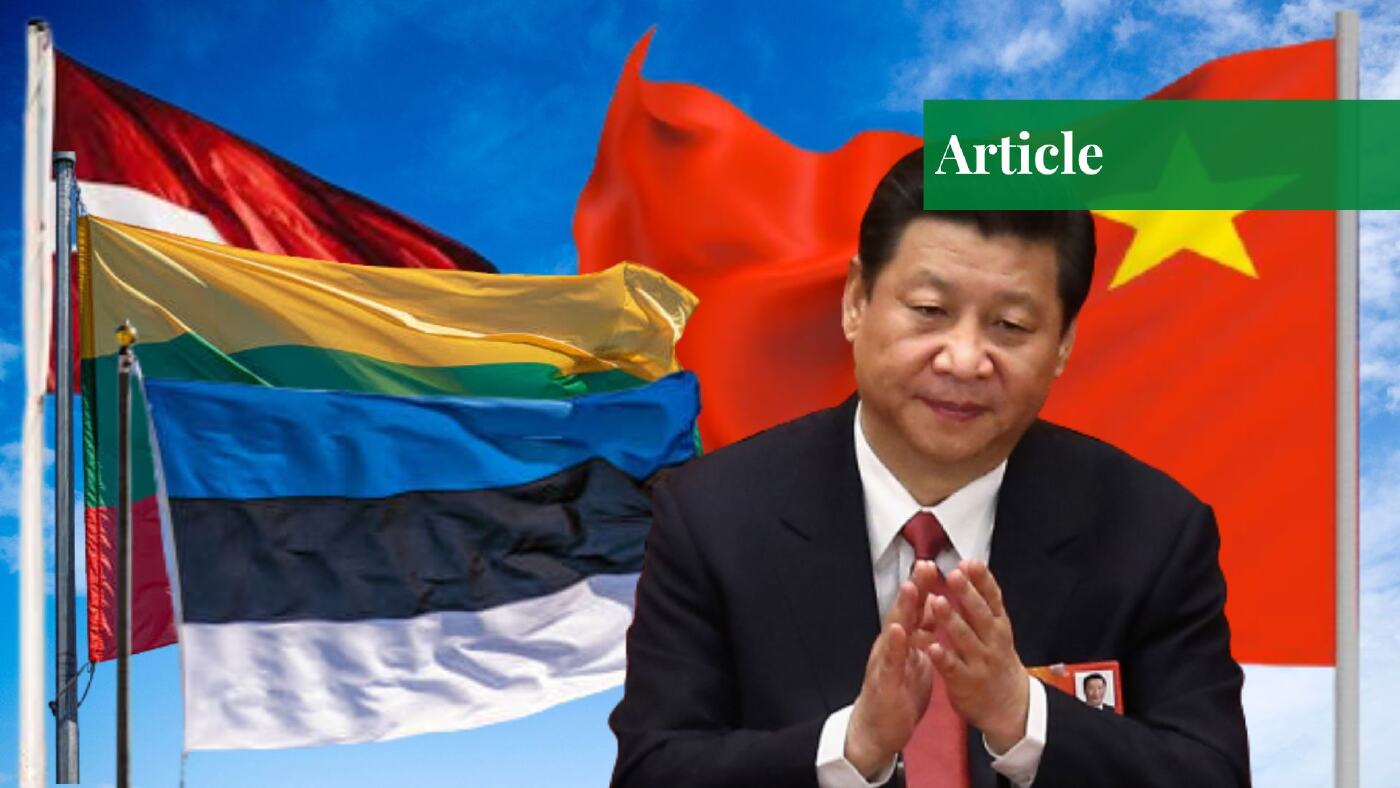Ms Seemal Nadeem is studying public policy at NUST.
The 16+1 Format
In 2012, the People’s Republic of China (PRC) formed an initiative with 16 Central and Eastern Europe Countries (CEEC) to promote economic cooperation in light of the 2008 financial crisis and the EU’s turbulent slow-growth environment. The 16+1 format included 5 Balkan states and 11 EU member states.
For China, the purpose of this format was to further the Belt and Road Initiative (BRI) as the CEECs served as an essential transit corridor for its BRI. The strategic link with CEECs was key to the BRI’s success. The format also encouraged business, created investment avenues, and allowed the members to mutually grow in the fields of energy, infrastructure, and trade.
China sought to increase its geopolitical influence among European states as well since this platform would link Western Europe with Asia and allow the exchange of culture and ideas. On the other hand, EU member states, including the Baltic states (Lithuania, Latvia, and Estonia) faced high-income disparities and wide financial gaps.
These states who were largely dependent on the funding provided by the EU and the international financial institutions, now welcomed this innovative form of regional cooperation to diversify their economic options. However, critics said that China was using this opportunity to exploit EU member states and that it could damage the unity of the EU on policies toward China, going so far as to say that this was China’s attempt to ‘divide and rule Europe’.
Unbalanced Gains
Apart from external tensions, internal pressures among the 16+1 members also grew. Although the 16+1 format was supposed to follow the principle of multilateralism, China had been using it to strike bilateral deals with countries. The numbers showed that after 2012, China’s exports to the CEECs were greater than their exports to China, and this difference was expanding – the balance of trade was tilting in China’s favor.
Moreover, since 2012, China seemed to focus more on non-EU member states as 70% of the agreements and projects were announced in non-EU member states even though they made up only 5 out of the 16 members of the group and 6% of the group’s total GDP. In its defense, China stated that this difference was due to the incompatibility of China’s funding model with the EU law.
Regardless, EU member states soon called for balanced trade, open tenders, and reciprocity of market access; simply put, they wanted China to treat them more fairly rather than dominating the shares in gain. The Baltic states shared this resentment and in March 2021, Lithuania was the first Baltic state to leave the 16+1 format.
Lithuania Quits
The Lithuanian Foreign Minister, Gabrielius Landsbergis stated that the initiative brought Lithuania “almost no benefits” and that there were underwhelming economic results. He said that the platform was divisive and China should pursue them via the EU, “16+1 should be replaced with EU27+1” he said. The Lithuanian ambassador to China said that their access to Chinese markets did not improve as they had hoped.
Analysts say that Lithuania’s decision was based solely on calculations and they simply did not get enough trade benefits for them to stay. Mr. Landsbergis also provoked other EU countries to leave the format saying that it was “high time” for the countries to do so. Relations between the two countries were further strained after November 2021 when Lithuania allowed Taiwan to set up a representative office (a de facto embassy) in the country and openly recognized the Republic Of China (ROC).
Estonia & Latvia Follow Suit
The other two Baltic states, Estonia and Latvia followed Lithuania and also announced their exit this August. Lithuania already expected its Baltic neighbors to follow and they did. The two states issued nearly identical statements on their foreign ministry websites and said that they will continue relations with China bilaterally and through the EU while respecting international law.
They explained that their reason to exit was similar to that of Lithuania – they were experiencing a widening trade imbalance with China and it failed to deliver on its promises of billions of dollars of economic gains. However, it was more nuanced than simple calculations for these two states. In response to Lithuania’s recognition of Taiwan, Beijing withdrew its ambassador from it and also imposed a trade ban.
Trade Bans
The EU took the dispute to the World Trade Organization (WTO) but China went ahead to impose a trade ban on all three of the Baltic states, affecting their economies greatly because Latvia sends 162 million euros in exports to China and Estonia sends 195 million euros. Furthermore, in the war that broke out between Russia and Ukraine, China refused to condemn Russia which greatly upset the European states.
Estonia and Latvia as members of the EU also had to side with Ukraine, a diplomatic and strategic action. Estonian Foreign Minister Urmas Reinsalu said that China’s failure to condemn Russia was also ‘an element’ of Estonia’s decision to leave the 16+1. Hence, the Baltic states left the 16+1 format for more than simple numbers; there were obvious political dimensions to their decisions.
This will surely worsen the relations between the EU and China further, and the EU has already gone far as to refer to China as their “systemic rival”. The decision of the Baltic states to exit 16+1 is bound to have implications on the relationship between the countries and also on their economy. If more countries follow suit, this will also greatly damage China’s BRI plan which poses a far bigger threat to China.
If you want to submit your articles and/or research papers, please check the Submissions page.
The views and opinions expressed in this article/paper are the author’s own and do not necessarily reflect the editorial position of Paradigm Shift.



















